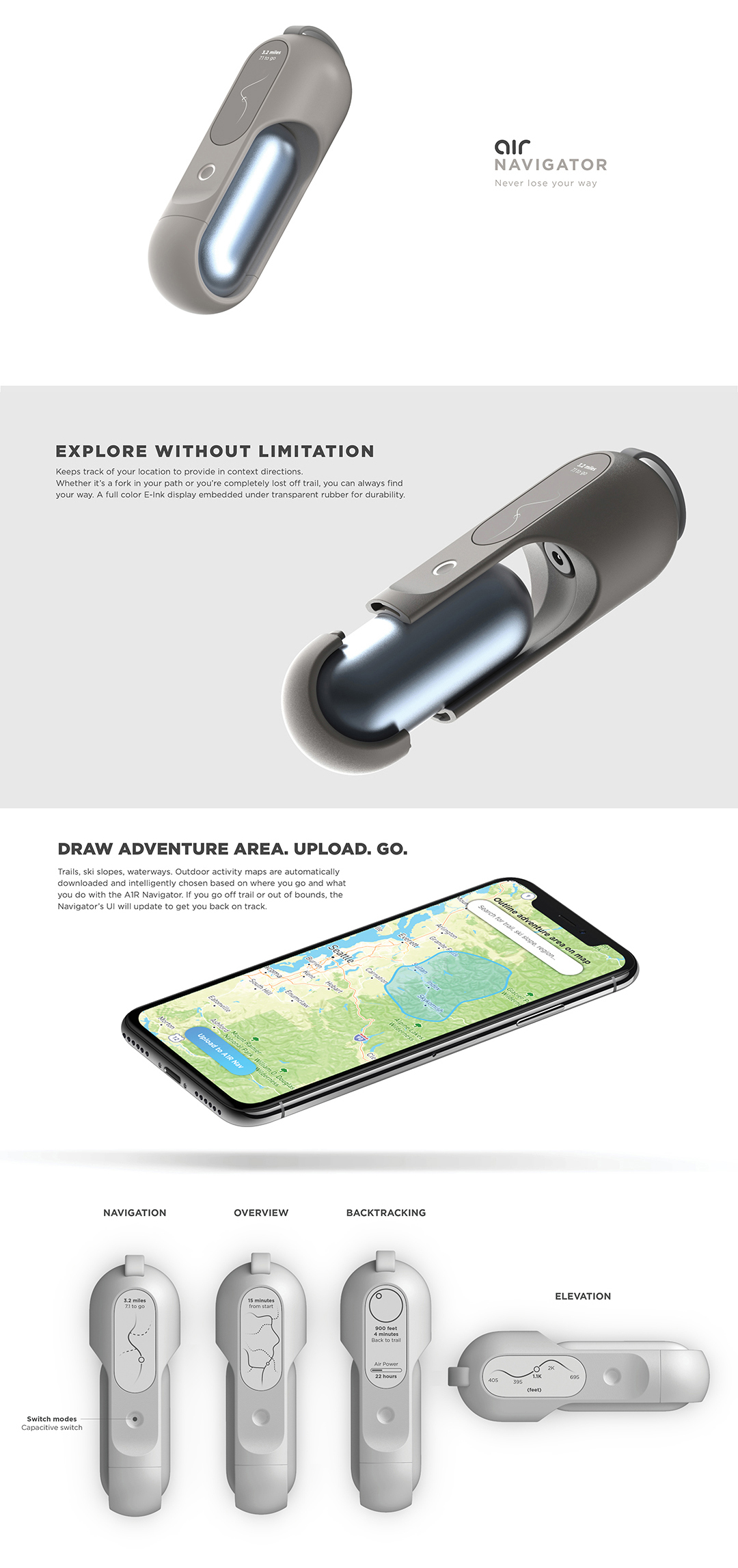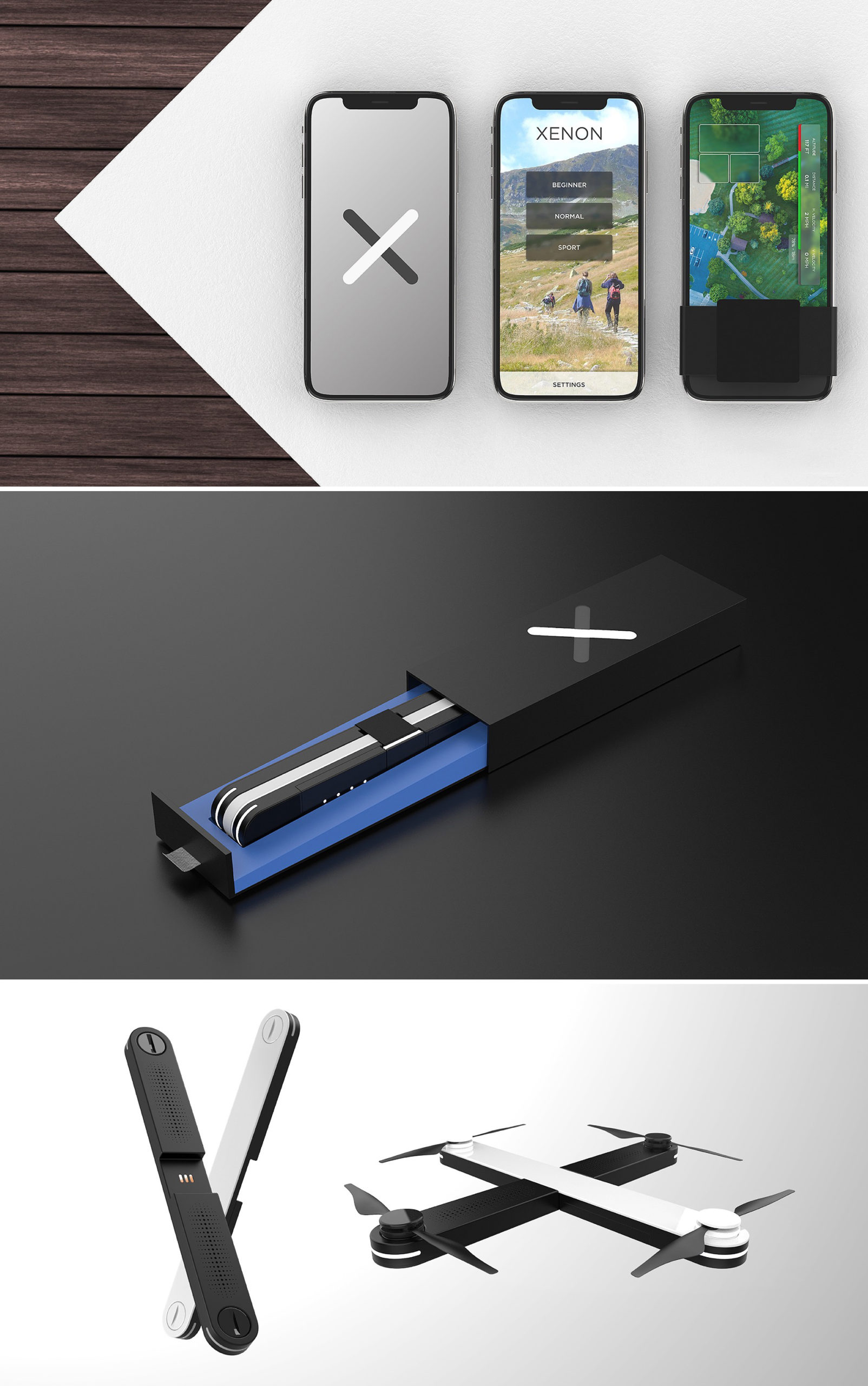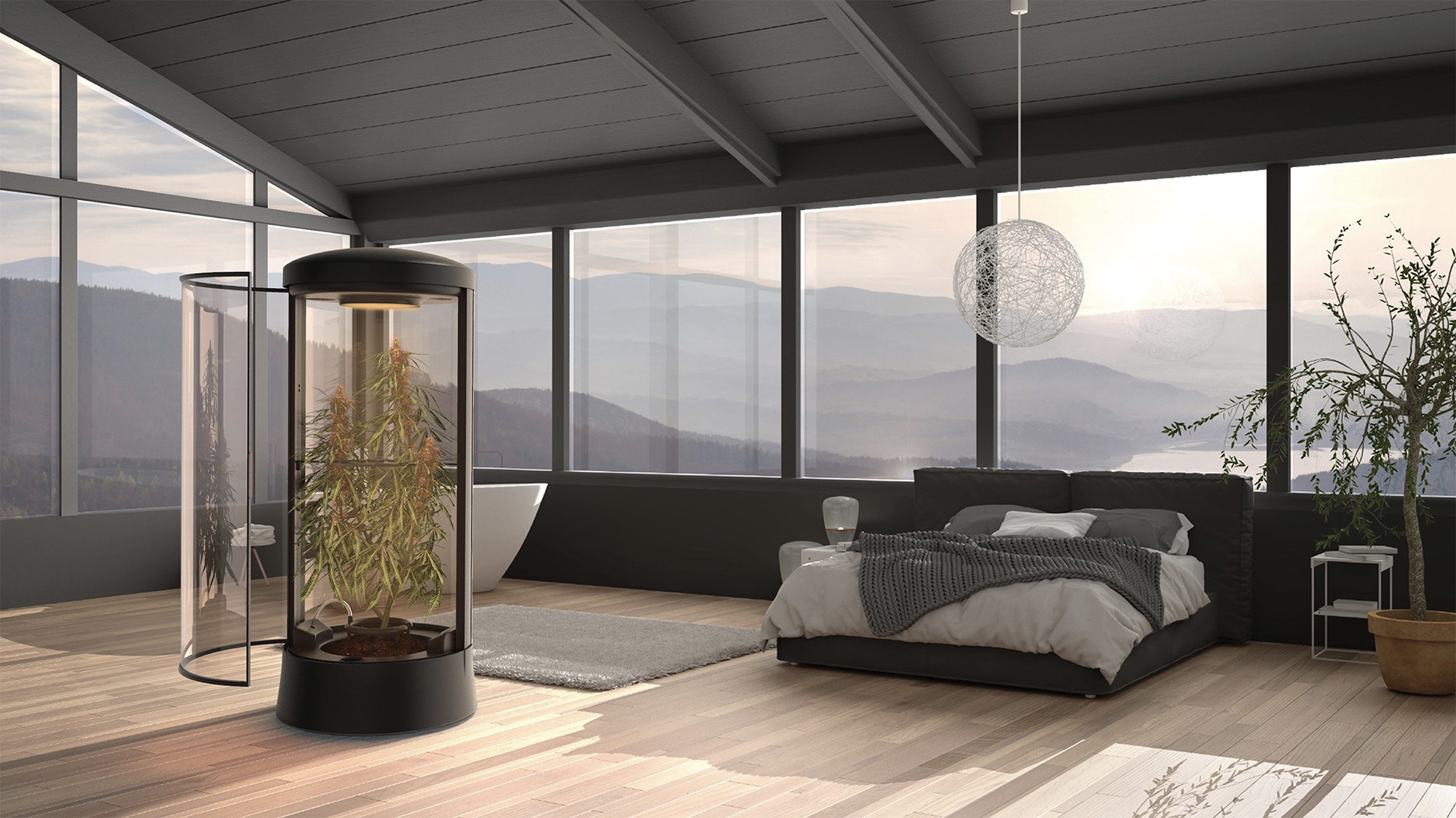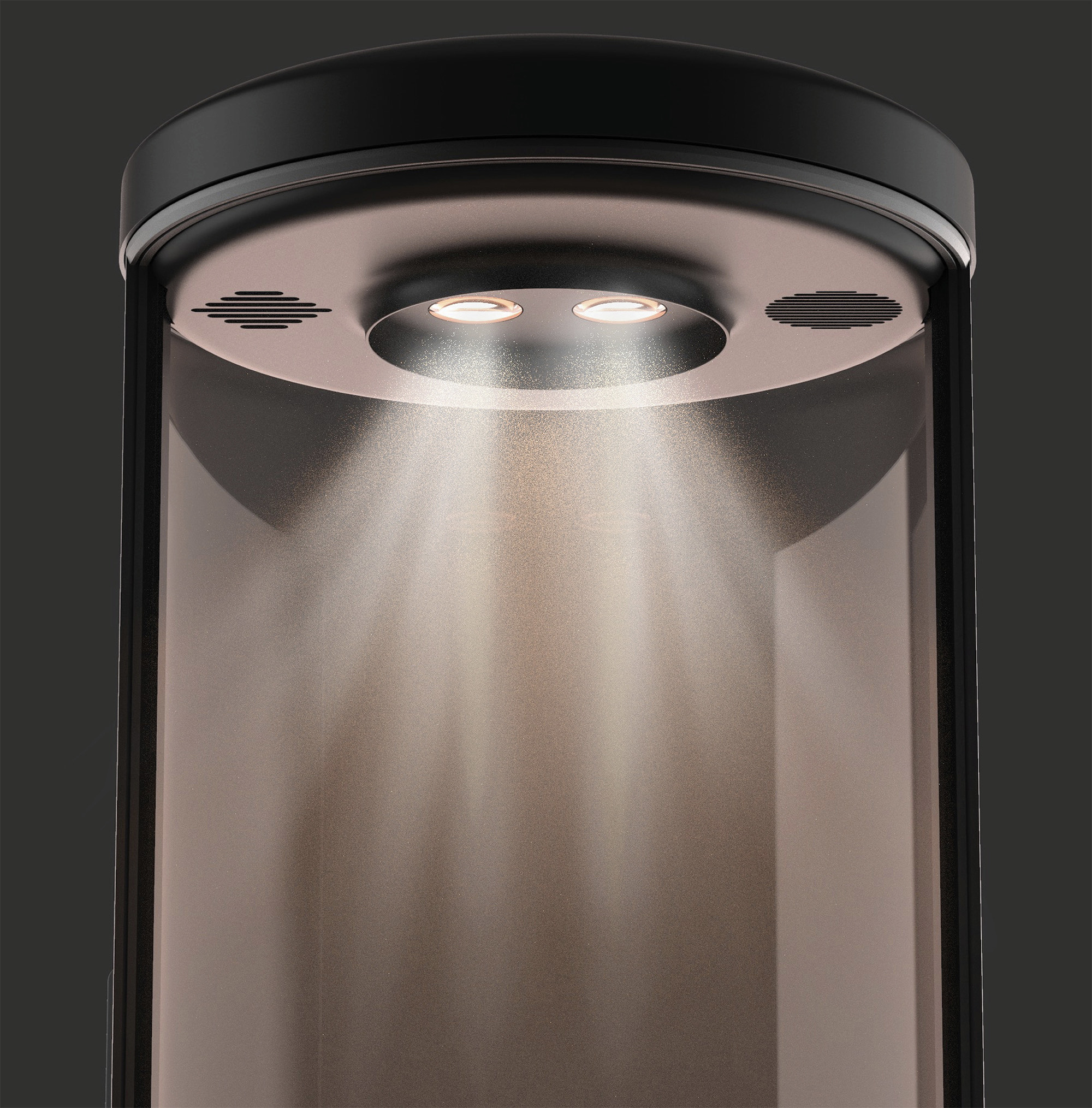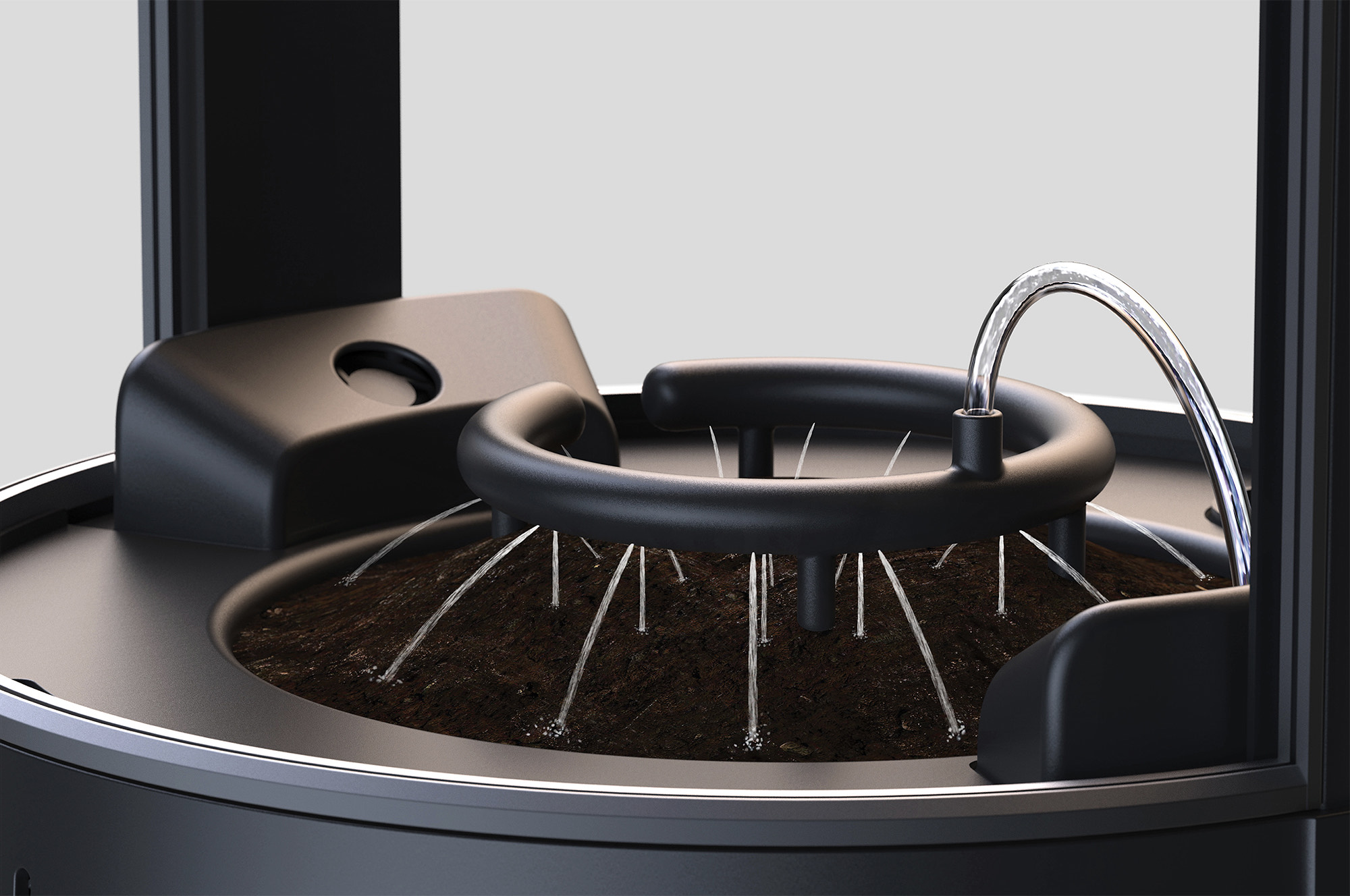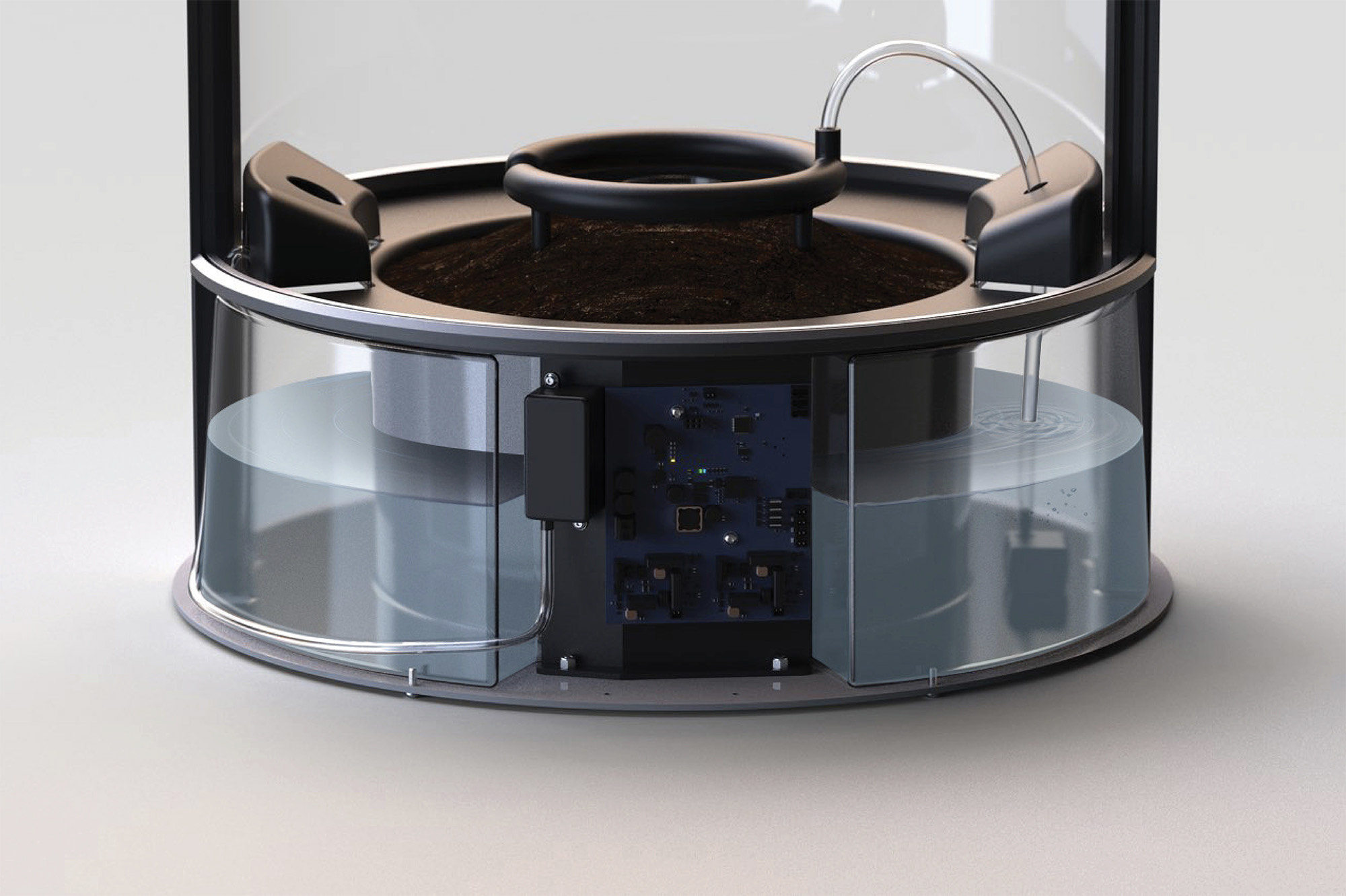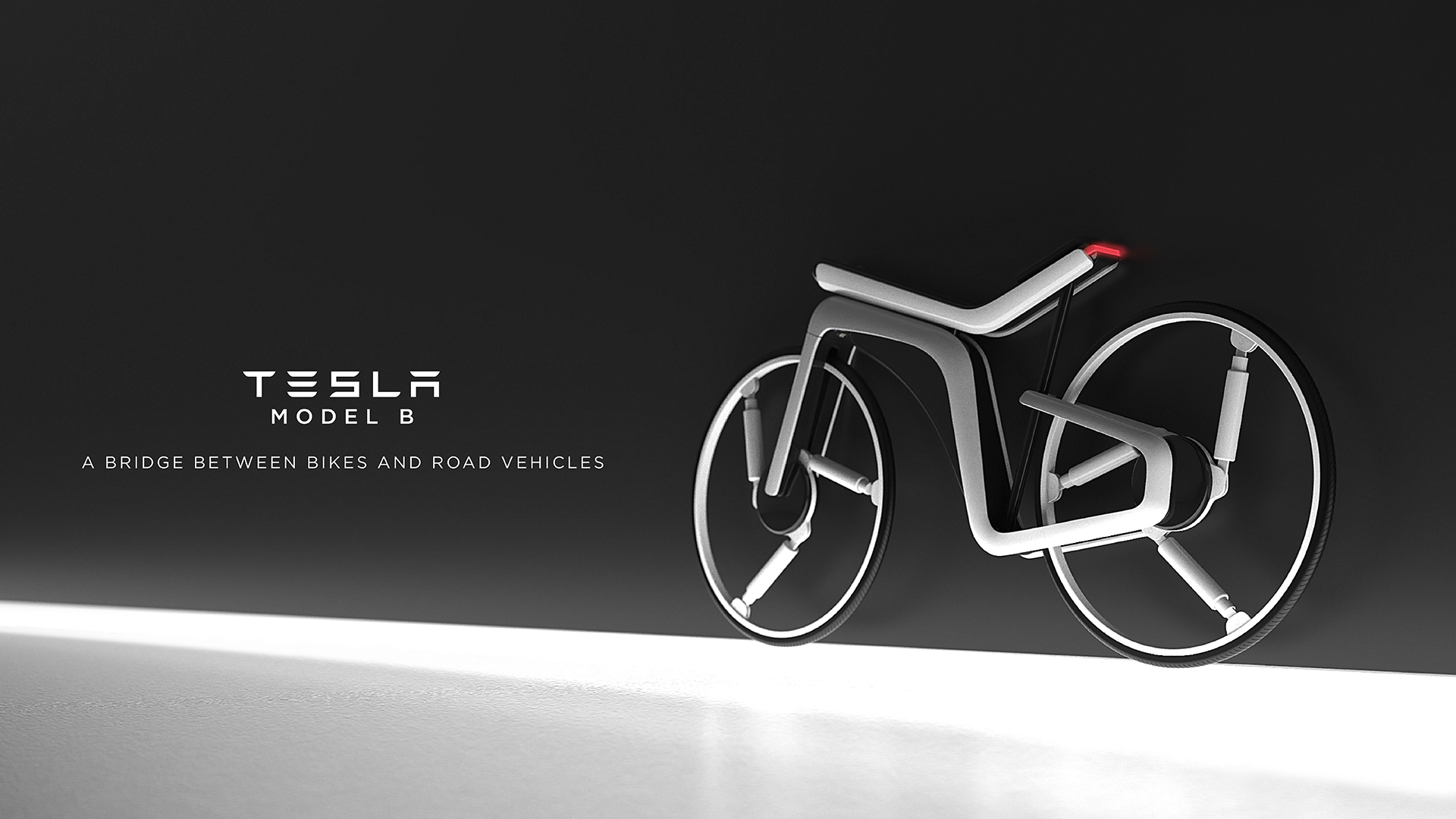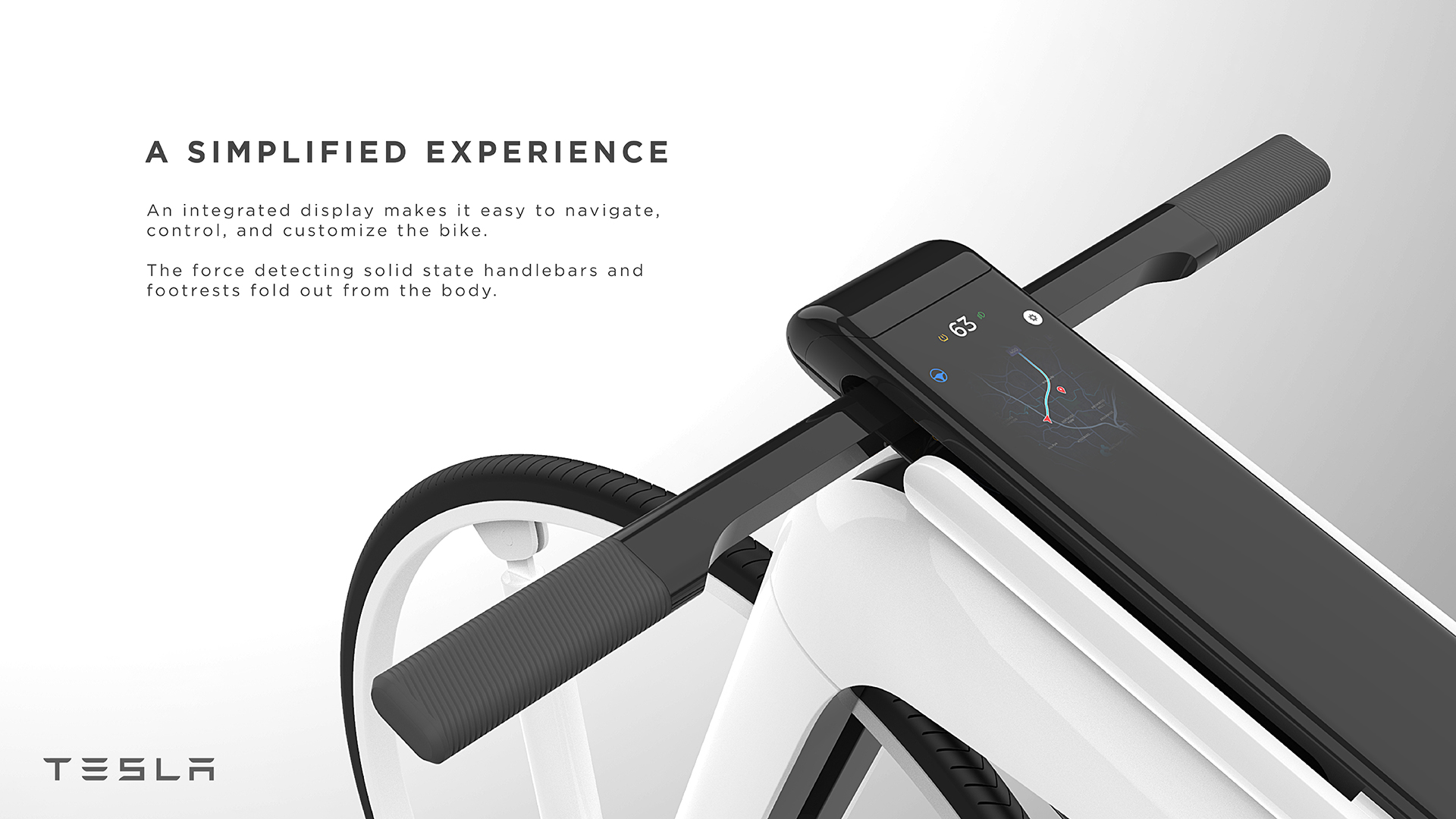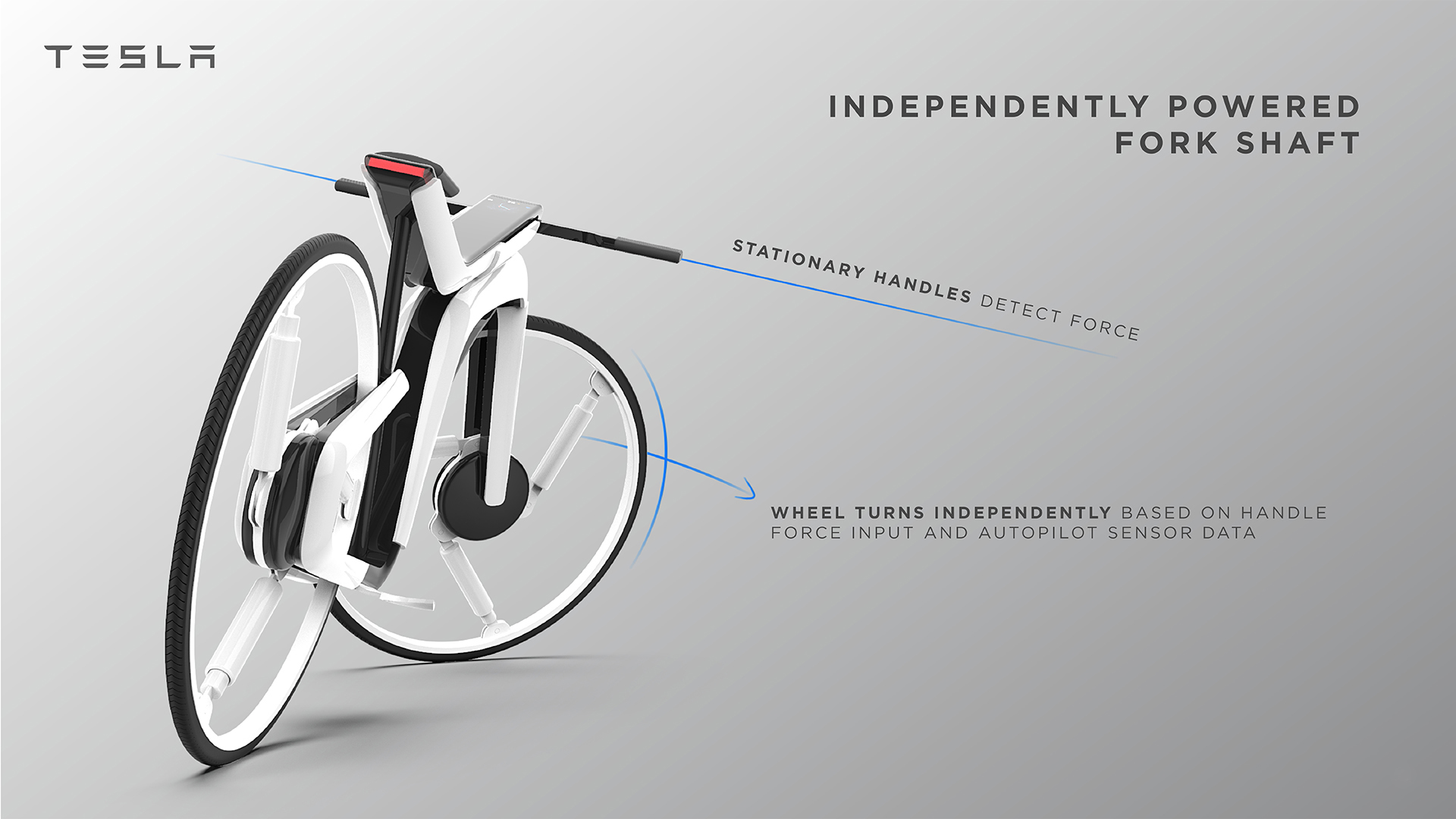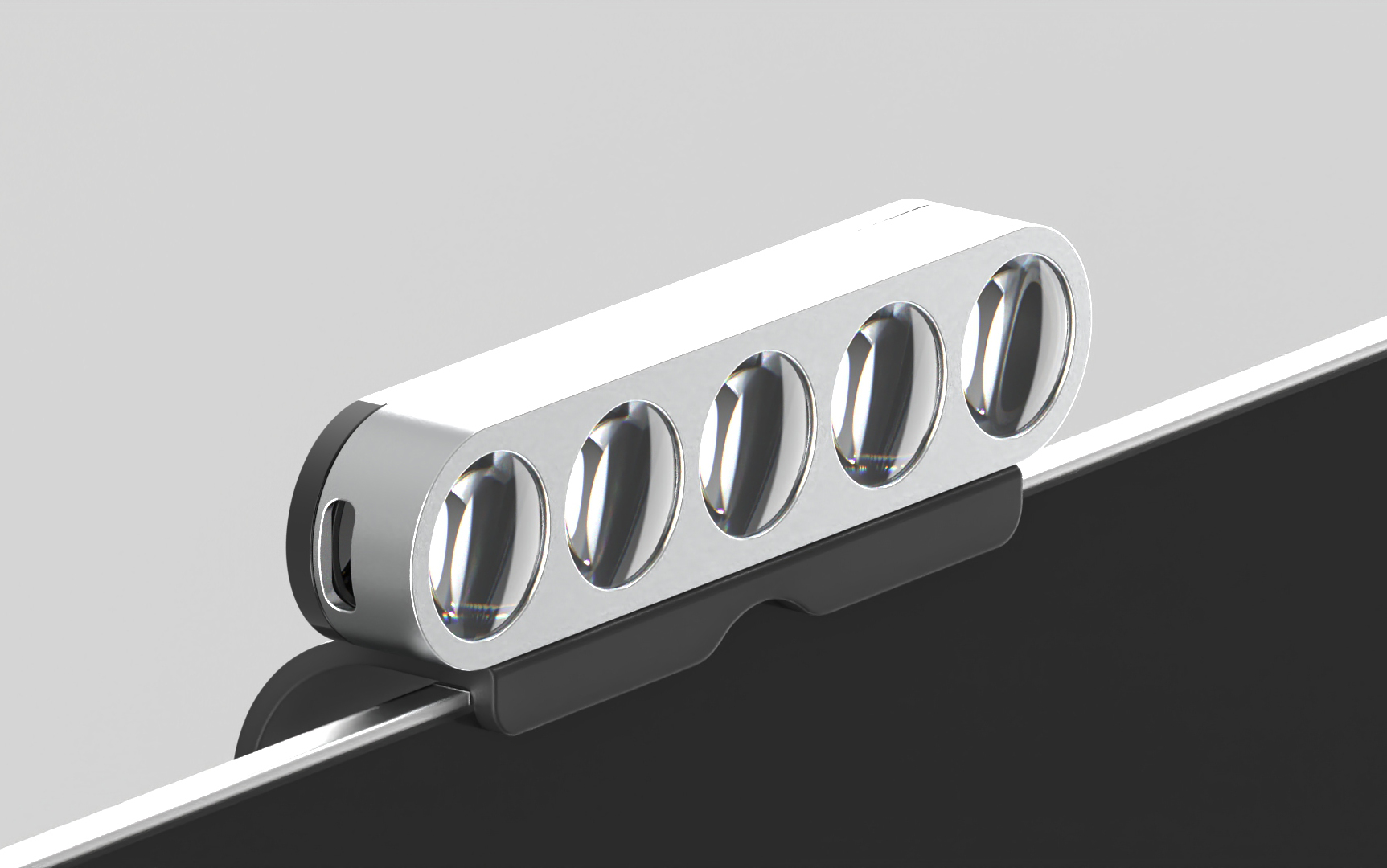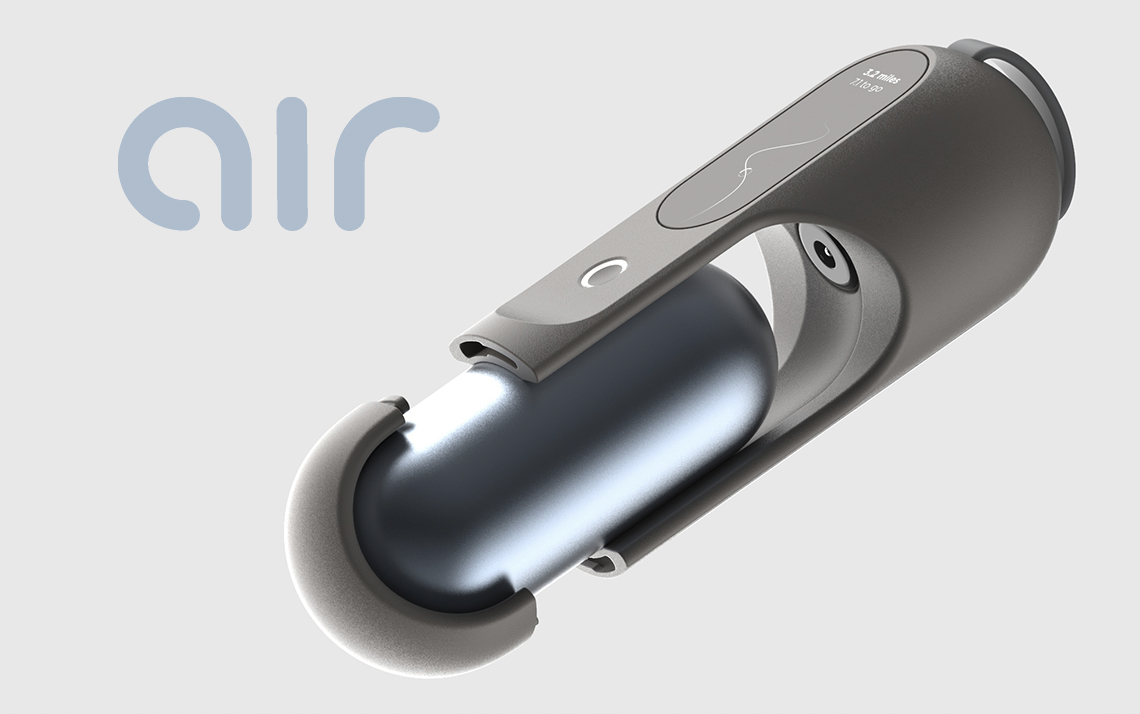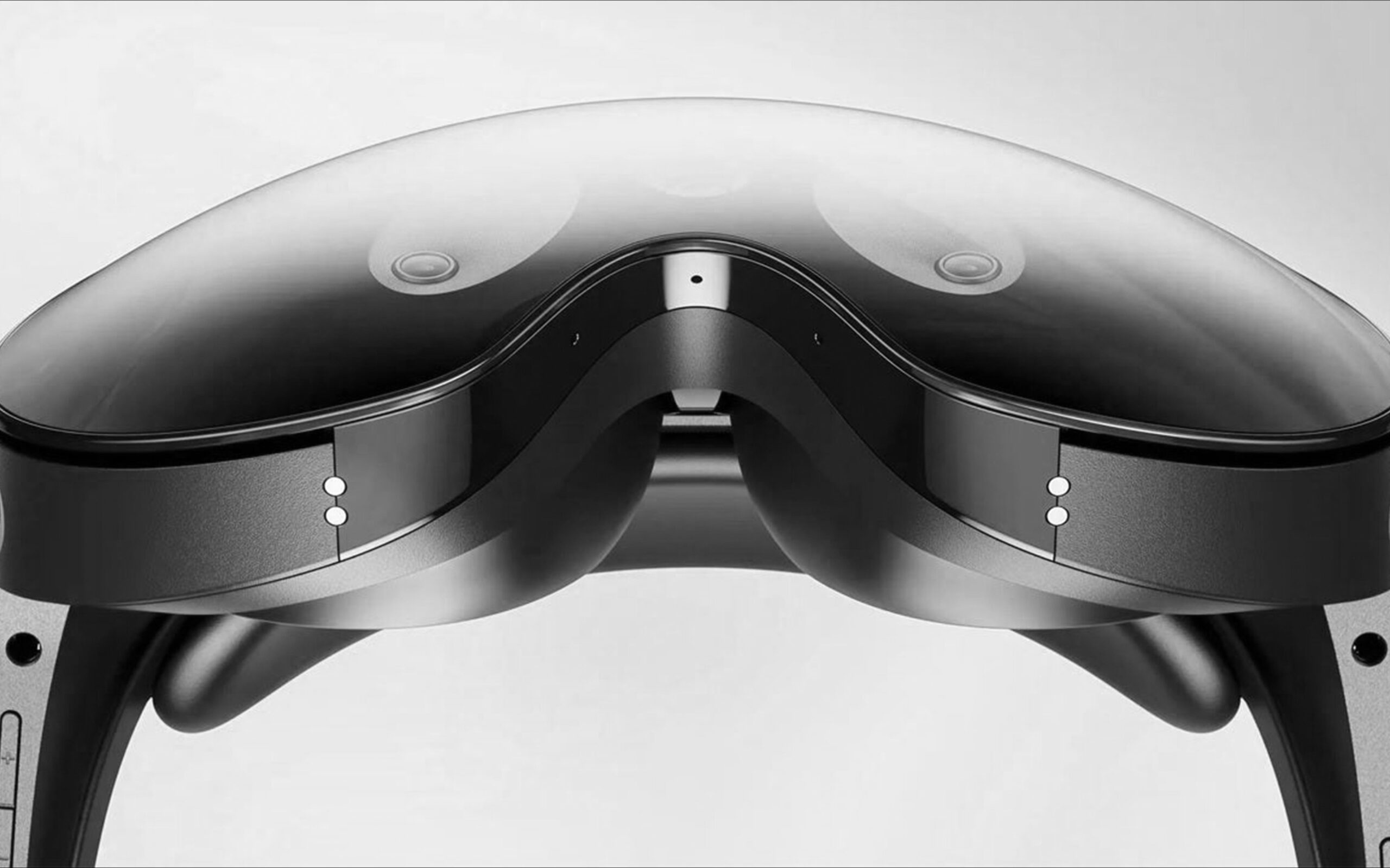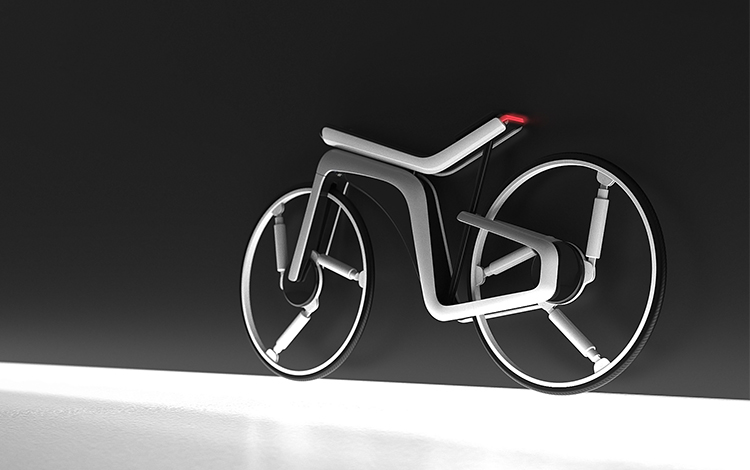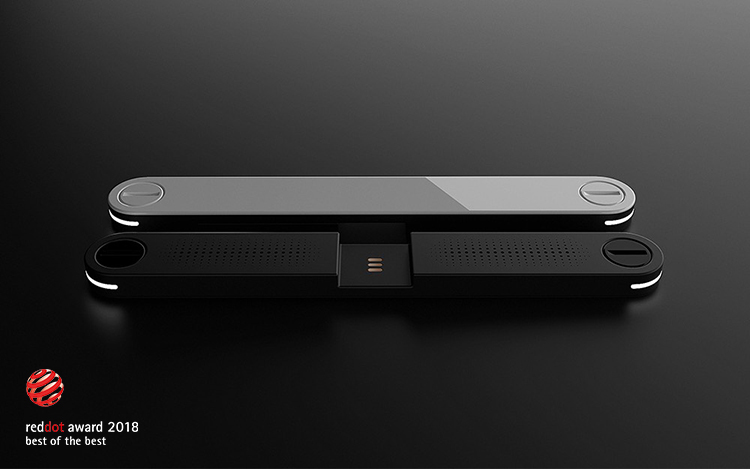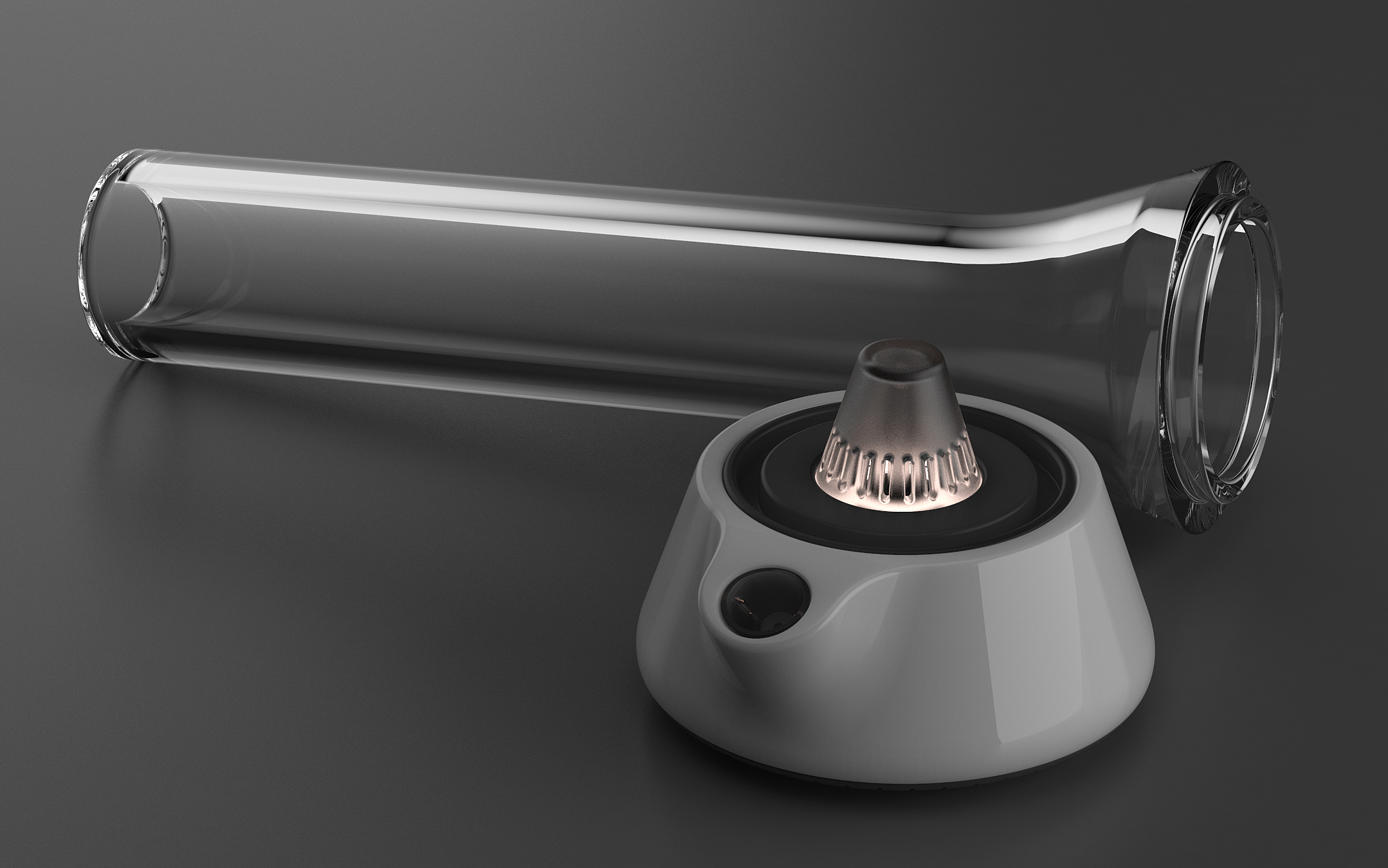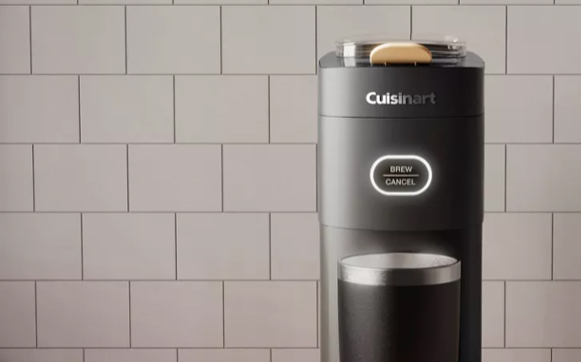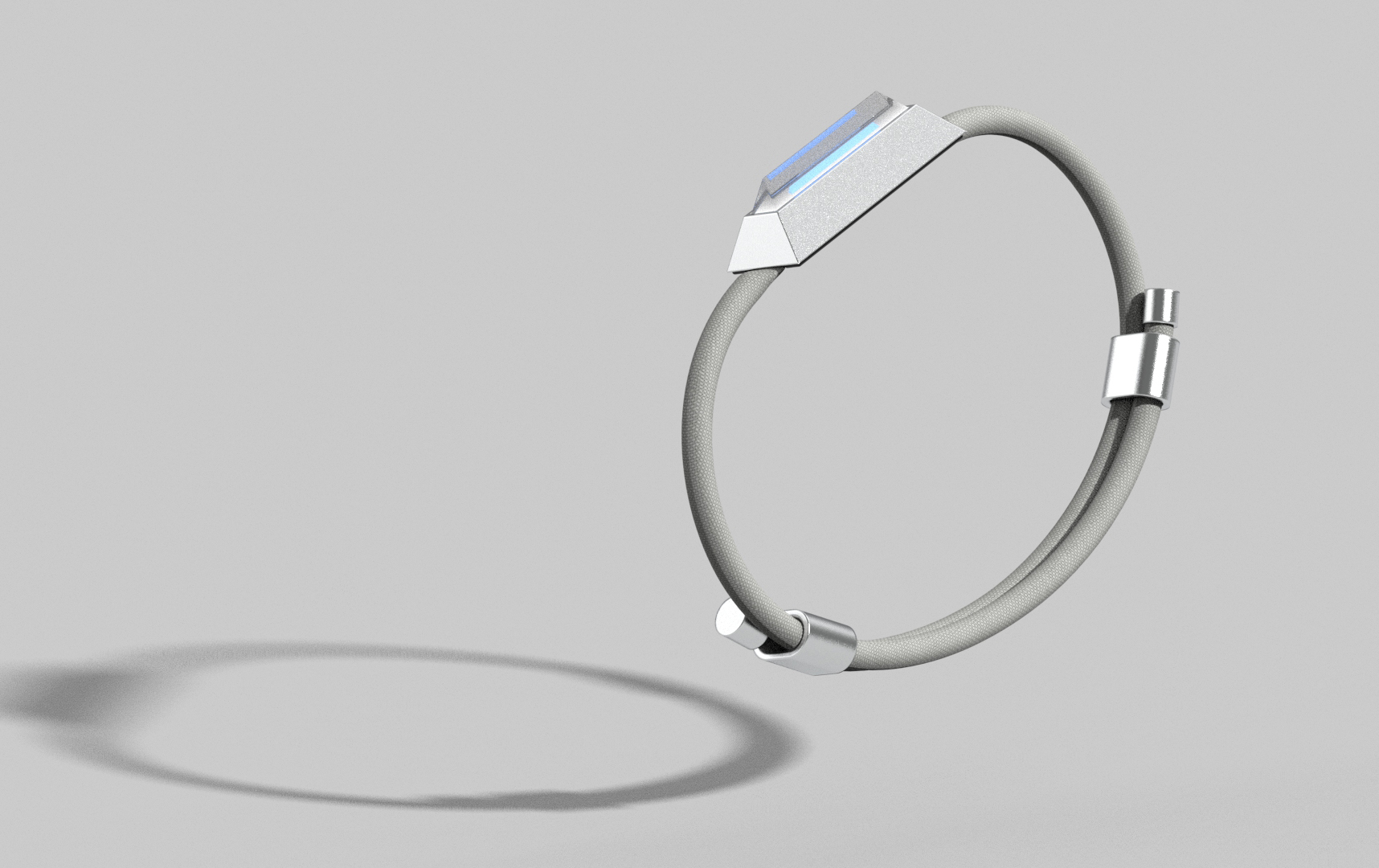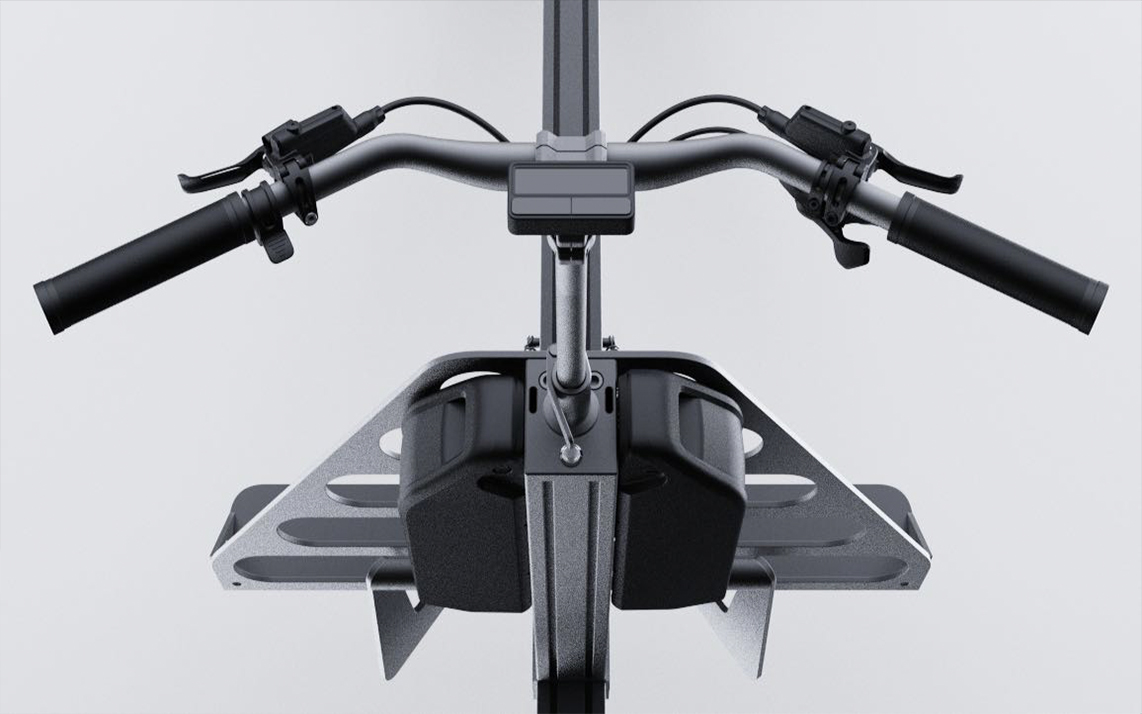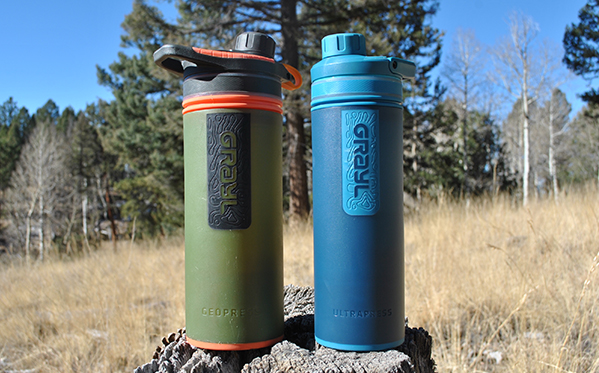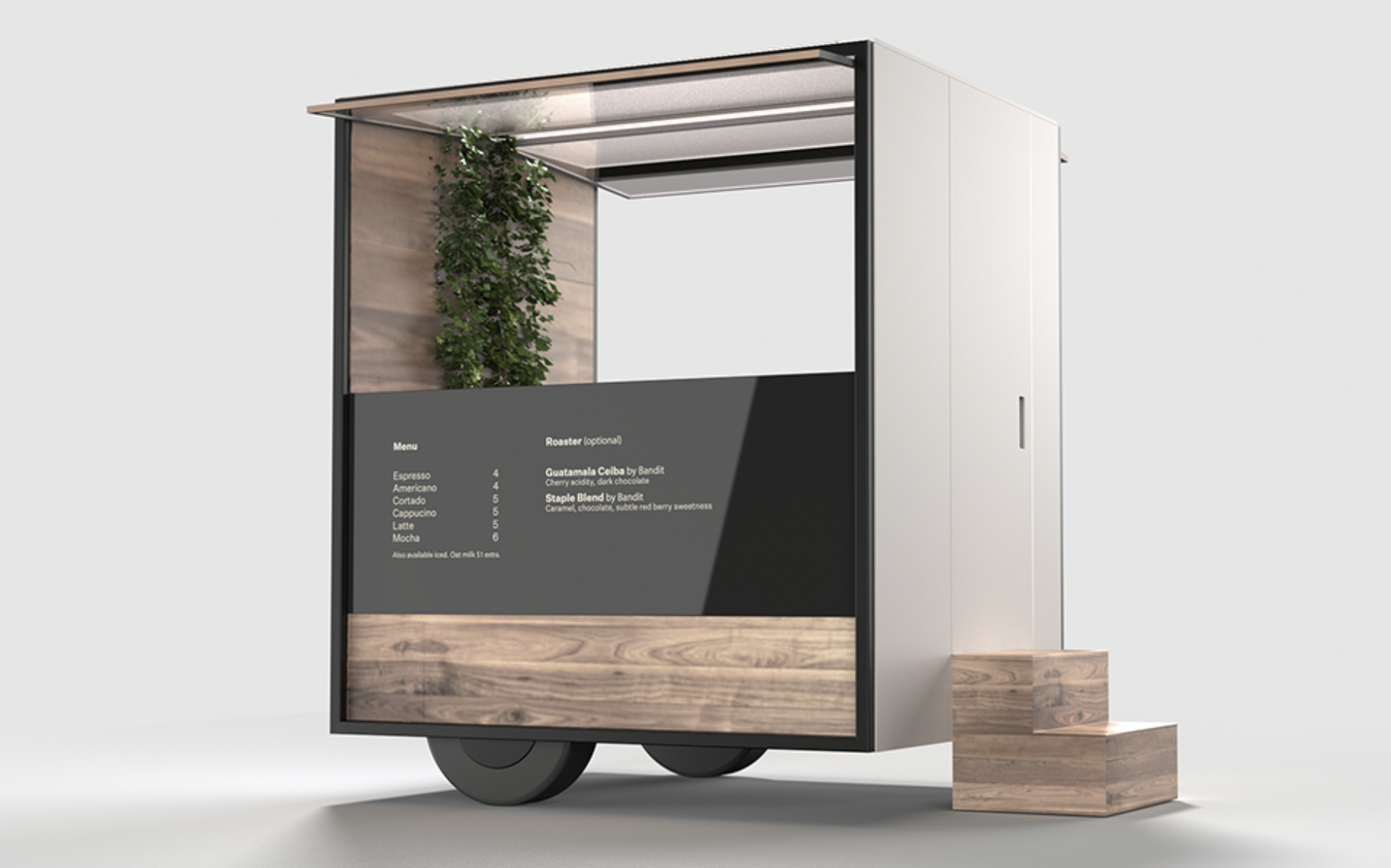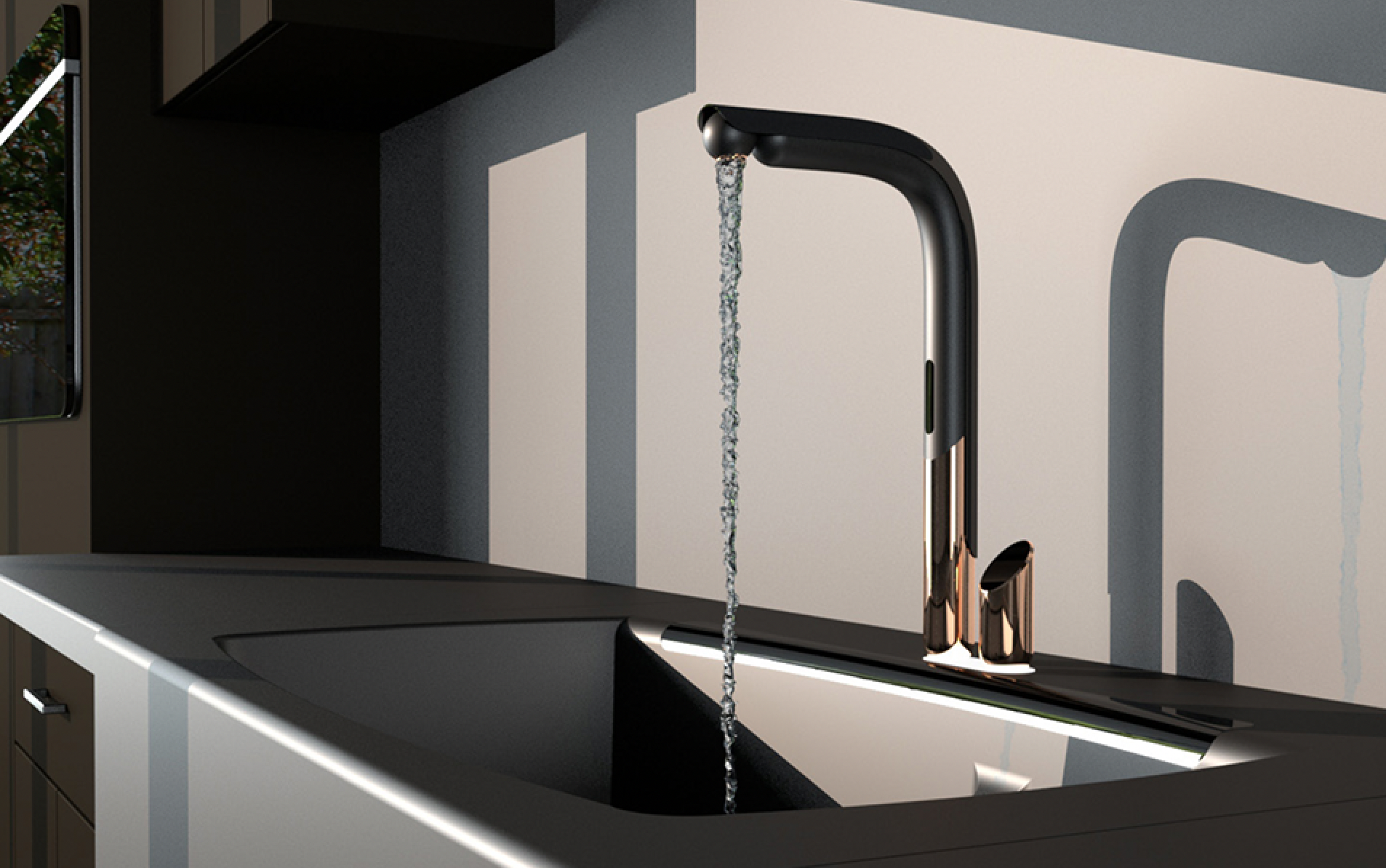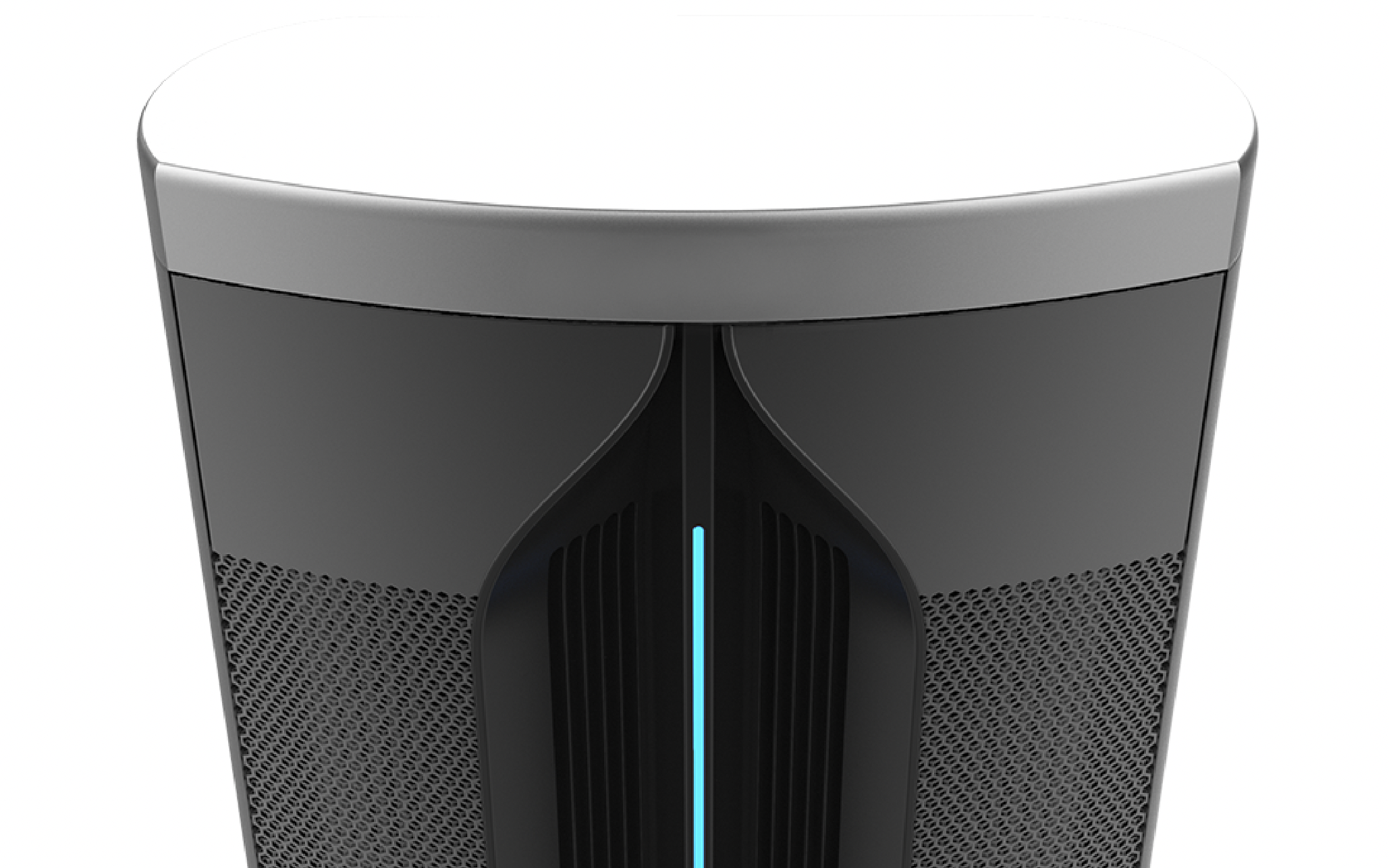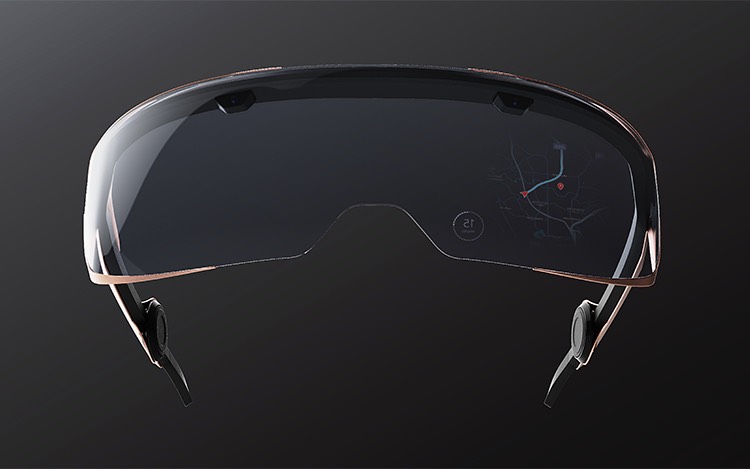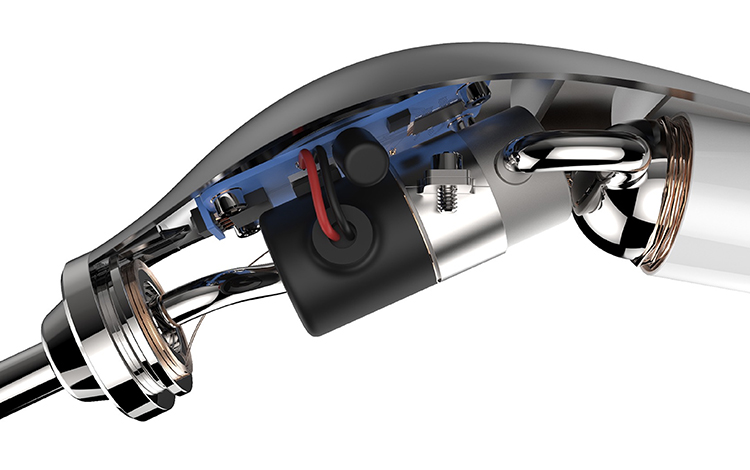UI / UX Work from Industrial Design Products
Instances in my Industrial Design projects of UI / UX work. Since they are ID focused, I do not show much UI / UX development process for all the thought that went into them. Similarly much of my UI / UX work has been done internally for companies and clients, and I can't share the work online. If you'd like to see any projects or details not on my site, contact me and I can show them securely.
Desktop Applications - I also have extensive experience in developing applications with Visual Studio and Xcode for Windows and macOS. I've developed UX flows through a/b testing and one-on-one user affordance research for a variety of applications.
Some of these include: connected Internet of Things devices fully designed, soldered, built, and programmed with Arduino base code and low power transceivers, high cycle test machine data aggregators with visual real time stats using third party Graphics APIs, an automatic hands-off universal plug and play garage door opener that opens and closes automatically based on your location and a variety of sensors, and a cosmic ray particle simulator for a physics professor allowing for customization of simulations pertaining to muon production in the center of our universe.
As a tool, the A1R Navigator is meant to take away from confusion when pushing your limits outdoors, and this extends to it's user interface. It intuitively and automatically predicts the user's scenario based on their location, context, and the onboard map database.
After drawing what area you'll be spending most of your time in on the map, the Navigator downloads the relevant outdoor activity maps from your phone. It will automatically understand and select which trail or ski slope you are on, how to get back to the beginning, and how to get back to the trail if off of it and lost.
While the UI automatically updates based on the scenario, the user can toggle between screens by tapping the capacitive circle under the color e-ink display. They can also turn the device sideways or lift it up in front of them; an onboard accelerometer detects orientation and switches respectively to either elevation display or overview.
In the future as we launch the product, we would like to add more customization through the app, catering to more or less advanced users.
Meant to keep you focused on the outdoors, Xenon requires minimal setup time and less distractions to capture an adventure. The controller adapts to your phone, allowing gestures that go alongside surface haptics to provide elegant control of the drone.
Choosing and locking in movements with your left thumb, and controlling the drone with a surface haptic joystick on the right, you can easily get smooth complex shots with the onboard gimbal-powered camera. Most drones require very steady joystick control because of the resistance the joystick always has - a centripital bias force toward the middle. With a flat surface that emulates the joystick using electromagnetic force, and a UI that holds variables of the movement steady while controlling others (rotation, vertical velocity, planar vector and velocity), Xenon gives you a perfect shot with minimal effort.
Xenon uses graphic cues to help the user with set up, as easy as fitting together two puzzle peices. All of this combined gives the user an easy and small package for capturing their adventure, without distracting them from it.
The Harvest Pro controls the environment inside it's chamber, maximizing the genetics of whatever you have growing inside. Designed with the primary purpose of growing cannabis, the chamber regulates light, water, humidity, and air to help your plant grow it's best.
The user interface of The Harvest Pro app allows for monitoring and control of the plant and all these variables. By default a grow is set up to be automated by the system, but since it's open source they can customize any controls to their liking.
As a bridge between bikes and road vehicles, the Tesla Model B attempts to make commuting more sustainable. It opens up another option in the market for those who are afraid of biking to work and so continue to stick to driving.
Adopting Tesla's single center display present in their newest vehicles, the bike automatically shows you the most relevant information to take you safely anywhere. No pedaling is required with the dual drive motors on the main model, and vision cameras along with forward facing radar prevent crashes and automate the user's route.
Handlebars and foot rests present themselves to the user on approach. Static handle bars detect force so the front wheel can turn independently and carry the user away from danger - letting them retain control without yanking them around.
Machine and fleet learning combine to adapt navigation to their journey - the best route that is optimized for bikes. Since the bike can also travel much faster, it is easier for it to travel on roadways safely.
PROJECTS
Contact
Phone 253.402.7534
Email kendall@offsetinventions.com
Instagram @kendalltoerner
© Kendall Toerner 2024
